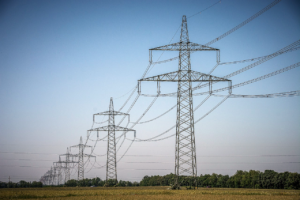
Elements are divided into metals, metalloids, and non-metals.
Copper is a metal. Sulfur is a non-metal. Antimony is a metalloid.
Why do metals conduct electricity? What makes them special? It involves electron mobility—their ability to move about.
Individual Atoms and Diatomic Molecules
Atoms have a positive nucleus encased by negative orbiting electrons. Atoms of a single substance either stand alone or bind together in small groups only. Helium (He) is monatomic. Hydrogen (H₂) is diatomic.
Ionic and Covalent Crystalline Solids
Some solids may form crystals. The atoms are packed close together. There are three crystal types. Ionic, covalent, metallic.
Ionic crystals conduct some electricity. They are not as conductive as metals because their bonds are local. Their crystals are rigid. They fracture. They break.
Covalent bonds exist between compounds or collections of atoms. They mostly have local bonds.
Metallic Crystalline Solids
Metal toughness implies bond strength. Malleability and ductility show metallic bonds are not rigid or local. Metals do not easily fracture. Instead, pounding metals shifts rather than separates atoms. They connect to new neighbors. How is this?
The Nuclei and Their Electronic Environment
The nuclei control electron behavior. Electrons assume one of two roles. Core electrons or valence electrons.
Loss of valence electrons forms positive ions. This is characteristic of metals.
Consider an example. Silver has 47 electrons. They are categorized as shells and orbitals. The furthest from the nucleus is a 5s1 electron. It departs readily:
Ag0 → Ag+1 + e–
A neutral silver atom yields a silver ion plus an electron.
A Special Characteristic of Metals

Bulk metals give up specific ownership of their valence electrons. These electrons move around and swap places. This is electron mobility. The ions maintaining their core electrons are locked in place, in their matrix. In effect, the valence electrons form a kind of collective sea or cloud.
How Metals Conduct
Applying electricity to a metal conductor provides the electron cloud additional electrons. The excess is free to travel as an electric current. While metals conduct, how is partly dictated by current frequency. For high frequency AC electrical flow, there is a skin effect to take into account.
An Inquiry by the Author
Is there any force component at work between the ions and the free electrons that could be considered a kind of capillary action? If you can answer this, please contact the author.
Note: You might also enjoy Hydrogen Metal?
References:
